Soy Sauce or Worcestershire: Which Adds More Umami?
Soy sauce creates distinctive umami depth in countless Asian dishes across the world.
A dark, salty liquid transforms simple meals into flavorful experiences with just a few drops.
Worcestershire sauce, meanwhile, offers a complex tangy profile that British cuisine particularly embraces.
Both condiments bring incredible flavor enhancement to marinades and dressings despite their different origins.
The rich history behind these kitchen staples spans centuries and multiple continents.
Traditional brewing methods for each involve careful fermentation processes that develop their signature tastes.
Most home cooks find these versatile ingredients essential for everything from stir-fries to bloody marys.
You'll appreciate knowing exactly when to use each sauce as we examine their unique characteristics in detail.
Everything You Need to Know About Soy Sauce
Soy sauce is a traditional fermented condiment made from soybeans, wheat, salt, and water. It originated in China over 2,000 years ago and has since become a staple in many Asian cuisines worldwide.
The fermentation process involves naturally occurring molds, yeasts, and bacteria that break down the soybeans and wheat, creating the sauce's distinctive savory, salty, and umami-rich flavor.
Traditional soy sauce is made by fermenting soybeans and roasted wheat with salt and water using molds like Aspergillus oryzae or Aspergillus sojae.
The mixture ferments for several months to years, developing deep flavors.
Modern production may use chemical hydrolysis for quicker results but generally lacks the complexity of naturally fermented soy sauce.
The Overview of Worcestershire Sauce
Worcestershire sauce is a fermented liquid condiment originating from the English city of Worcester in the early 19th century.
It is known for its complex, tangy, savory, and slightly sweet flavor profile, making it a versatile addition to many dishes.
The unique flavor comes from a blend of ingredients including onions, vinegar, anchovies, and molasses - a sticky substance created after sugar extraction from canes or beets, which adds strong umami notes.
Beyond traditional beefsteak pairings, this versatile sauce now enhances burgers, seafood, Caesar salads, and even makes an appearance in cocktails such as the Bloody Mary.
Soy Sauce vs. Worcestershire: What Are Differences?
Many cooks struggle to tell soy sauce and Worcestershire sauce apart because of their shared brown color and thin texture. The main differences lie in their ingredients and flavor profiles.
Here is a table to compare soy sauce and Worcestershire sauce that you should check.
| Feature | Soy Sauce | Worcestershire Sauce |
| Origin | China, ~2,200 years ago (Western Han Dynasty) | India (origin), recreated in Worcester, England, 1835 |
| History | Early condiment, spread to Japan and later America | Created by Lea & Perrins after fermentation discovery |
| Ingredients | Soybeans, wheat, salt, fermented with mold (koji) | Anchovies, vinegar, molasses, garlic, tamarind, chili, onions, spices |
| Fermentation Time | About 6 months | At least 18 months |
| Flavor Profile | Salty, umami, slightly sweet and bitter, mild acidity | Complex, tangy, sweet, sour, spicy, layered flavors |
| Common Uses | Asian dishes, dipping sauce, marinade, stir-fry | Meat dishes (especially beef), stews, salads, sauces, cocktails (e.g., Bloody Mary) |
| Shelf Life | Unopened: ~3 years; opened: ~6 months refrigerated | Unopened: 1.5–3 years; opened: ~1 year refrigerated extends shelf life |
Origin
Soy sauce originated in China around 2,200 years ago during the Western Han Dynasty. Known initially as "jan" and later "jiángyóu," it is one of the world’s earliest condiments.
The sauce spread to Japan, where it gained immense popularity, and eventually made its way to America in the 1800s. Worcestershire sauce, by contrast, has a more recent and unique history.
Though its roots trace back to India, the sauce was recreated in Worcester, England, in 1835. It was developed by John Wheeley Lea and William Perrins after an initial failed batch fermented over two years, eventually becoming a bestseller.
Ingredients and Fermentation
Soy sauce is made primarily from soybeans, wheat, and salt, fermented with a special mold called koji for about six months. Its ingredients are relatively simple, resulting in a salty, slightly sweet, and umami-rich flavor.
Worcestershire sauce is far more complex, containing ingredients like anchovies, vinegar, molasses, garlic, tamarind juice, onions, and various spices. It undergoes a much longer fermentation period of at least 18 months, which develops its distinctive tangy and layered flavor profile.
Flavor Profile
Soy sauce offers a mild yet complex taste, combining salty and umami flavors with a hint of acidity and bitterness due to fermentation. It enhances dishes subtly without overpowering them, making it a versatile seasoning for many Asian recipes.
Worcestershire sauce has a much bolder flavor, characterized by sourness from lime and tamarind, sweetness from molasses and sugar, and a slight spiciness from hot peppers. This complexity gives it a unique, robust taste that complements a wide range of savory dishes.
Common Uses
Soy sauce is a staple in Asian cuisine, used both as a dipping sauce and as an ingredient in cooked dishes such as stir-fries, soups, and marinades. It pairs exceptionally well with sushi and sashimi, adding depth and saltiness.
Worcestershire sauce, originally paired with beef, is now used in a variety of applications, including stews, soups, salad dressings, and even cocktails like the Bloody Mary. Its versatility allows it to enhance many dishes, sometimes with regional twists such as fruit-flavored versions or tonkatsu sauce in Japan.
Shelf Life
Thanks to its fermentation, soy sauce has a long shelf life. Unopened, it can last about three years, and once opened, it maintains quality for up to six months when refrigerated.
Worcestershire sauce also lasts long, with an unopened shelf life of 1.5 to 3 years. Once opened, it should ideally be used within a year if kept at room temperature, but refrigeration can extend its freshness for up to three years.
Proper storage helps preserve both sauces' flavors and prevents spoilage.
Can I Swap Soy for Worcestershire Sauce and Vice Versa?
You can swap soy sauce and Worcestershire sauce in a pinch, but their distinct flavors make them not ideal substitutes.
Using soy sauce instead of Worcestershire can result in a flatter taste, and Worcestershire in place of soy may overpower dishes with its strong flavor.
If substituting, use less Worcestershire and add vinegar to mimic tanginess when using soy. For best results, stick to each sauce’s intended use.
Dishes Used Soy Sauce and Worcestershire Sauce
Several dishes truly shine with either soy sauce or Worcestershire sauce as key ingredients. From Asian stir-fries to hearty meatloaf, these flavor boosters can refresh your cooking routine.
Soy Sauce And Brown Sugar Grilled Salmon
Salmon lovers can prepare this delicious dish in just 20 minutes with the perfect flavor balance. Soy sauce adds saltiness while brown sugar neutralizes it, making the taste well-rounded and appealing.
When the fish soaks in this mixture during grilling, it develops an amazing smell and beautiful caramelized color that looks fantastic on any plate. For those who enjoy a hint of tanginess, extra lemon pepper can be sprinkled to cut through the richness and add complexity to each bite.
The combination of these simple ingredients results in a restaurant-quality meal that anyone can master at home.
Steamed Silken Tofu With Soy Garlic Sauce
Ready in just 15 minutes, this quick tofu dish pairs perfectly with soy sauce and garlic for maximum flavor with minimal effort. The rich blend of garlic and soy sauce creates an irresistible taste that anyone can enjoy.
Many people love this as part of their meat-free meals or when they need something fast but satisfying. Typical across Asian cuisine, you can serve this simple tofu creation alongside rice for a complete meal or enjoy it alone as a delicious snack.
Fans of this recipe appreciate how such basic ingredients can deliver such impressive results without complicated cooking techniques or hard-to-find components.
Worcestershire Burgers
Ready in just 30 minutes, these mouthwatering burgers pack a punch with rich Worcestershire flavor topped with gooey gouda cheese and savory mushrooms. Most people can't resist the perfect balance of salty Worcestershire sauce that gives each bite a special character.
Quality beef forms the heart of these delicious patties, making them an ideal choice for dinner when you want something beyond ordinary. Kids and adults alike keep asking for seconds whenever these tasty burgers appear on the table.
Easy Sloppy Joes
Ready in 30 minutes, these Sloppy Joes make a complete meal using simple ingredients anyone can find at home. The tasty sauce combines Worcestershire sauce, mustard, and ketchup to create that classic flavor everyone loves.
For an extra flavor boost, try adding a splash of apple cider vinegar which helps balance all the rich tastes in the dish. This quick recipe works perfectly when you need a satisfying dinner without spending hours in the kitchen.
Popular Brands for These Sauces
For soy sauce, you can consider these brands, such as:
For Worcestershire sauce, these are ideal options:
Got Questions? We’ve Got Solutions
1. Can I use soy sauce instead of Worcestershire sauce in recipes?
Yes, you can substitute soy sauce for Worcestershire sauce, but add a pinch of sugar and a few drops of vinegar to better match the flavor. The taste won't be identical since Worcestershire contains anchovies and spices that soy sauce doesn't have.
2. Are both sauces gluten-free?
Traditional soy sauce contains wheat and isn't gluten-free, but tamari (a Japanese variety) typically is gluten-free. Most Worcestershire sauce brands contain barley malt vinegar, making them not gluten-free, though some companies offer gluten-free versions.
3. Which sauce has more sodium?
Soy sauce typically has more sodium, with about 900-1000mg per tablespoon compared to Worcestershire sauce's 65-200mg per tablespoon. If you're watching your salt intake, Worcestershire is generally the better choice.

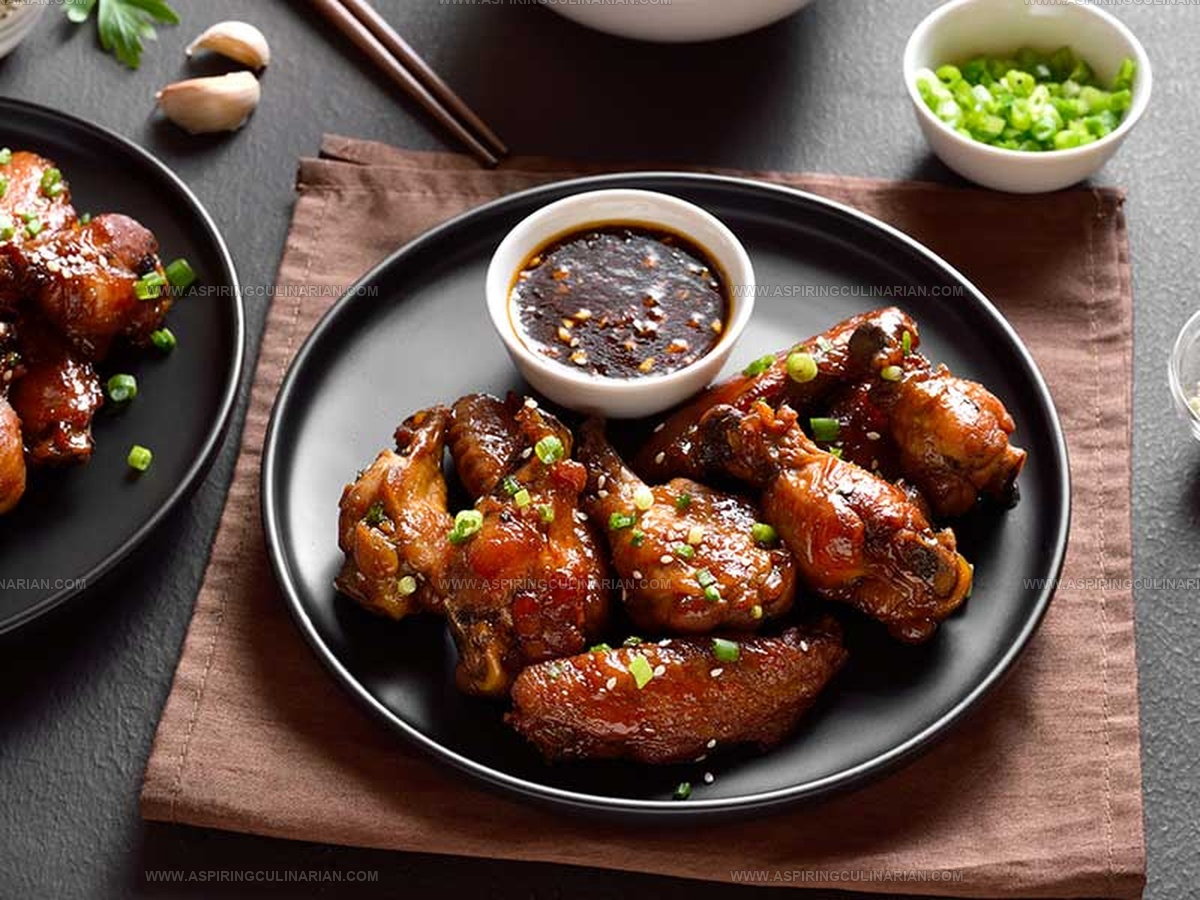
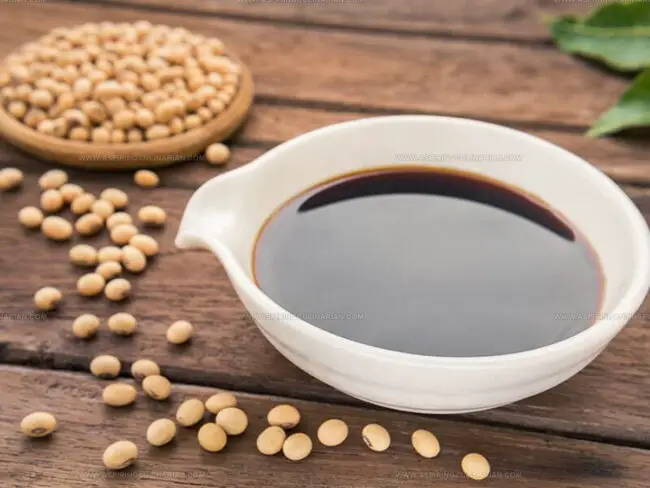
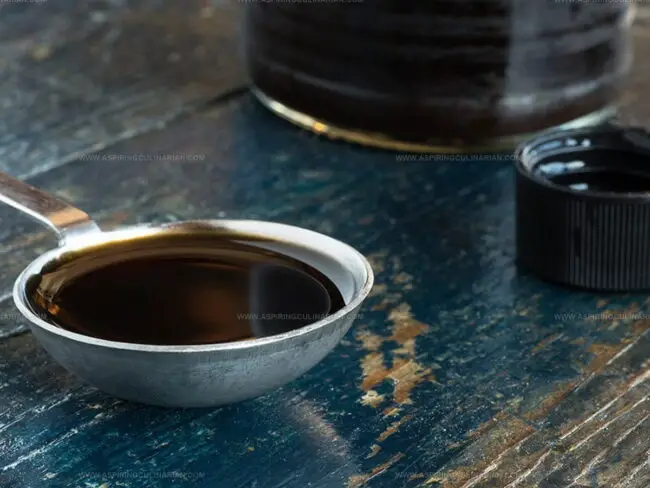
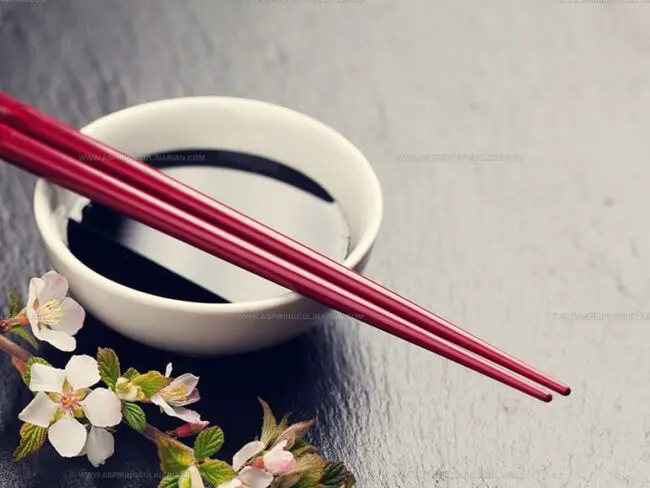
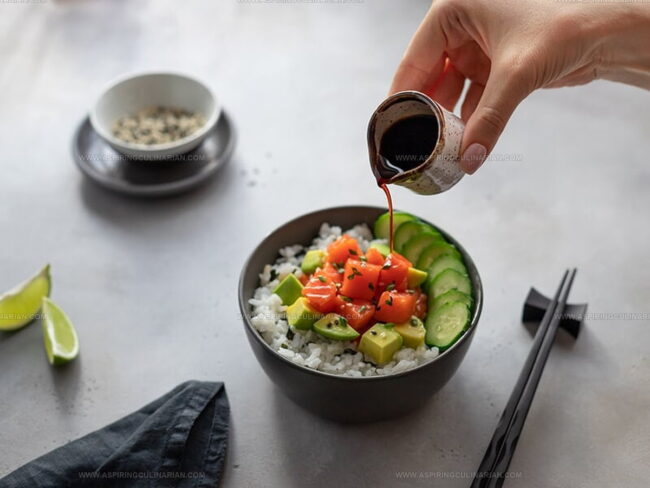
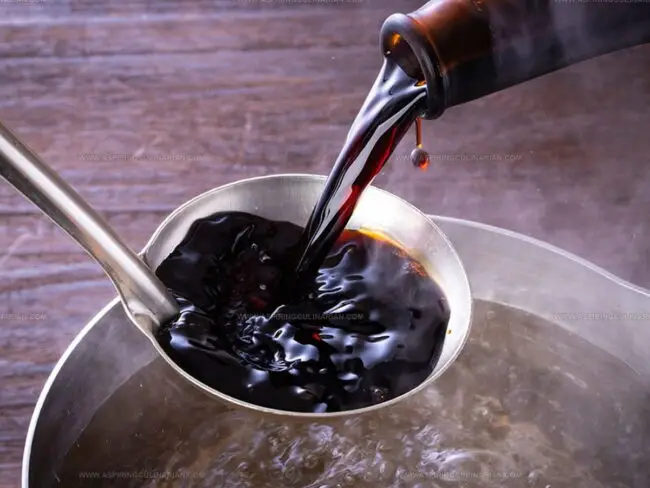
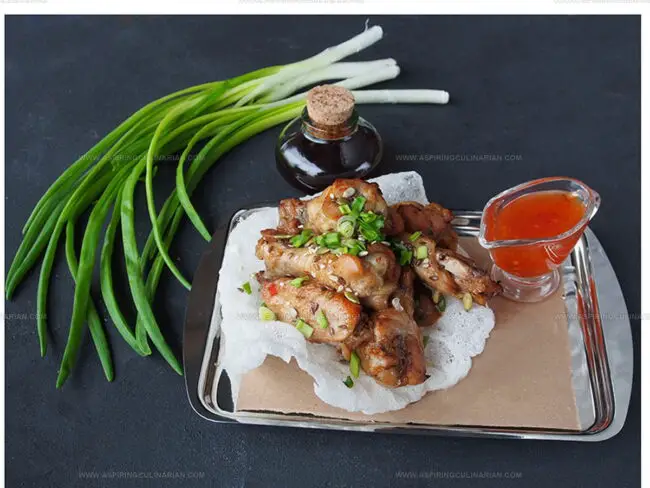
Nathaniel Brooks
Founder & Recipe Developer
Expertise
Farm-to-table cuisine, Seasonal recipe development, Culinary storytelling
Education
Ivy Tech Community College – Indianapolis, IN
Culinary Arts / Hospitality Administration & Events
Focused on hands-on training in classical and modern culinary techniques.
Nathaniel’s story starts in the foothills of the Appalachian Mountains, where farm stands, backyard gardens, and old family recipes shaped his love for real food. After graduating from Ivy Tech Community College in Indianapolis, he spent years working in farm-to-table kitchens, learning how to turn local, seasonal ingredients into something memorable.
Today, Nathaniel pours that same spirit into every single recipe on Aspiring Culinarian – recipes that feel real, comforting, and connected to the land. When he’s not in the kitchen, you’ll find him foraging wild herbs, chasing sunsets with his camera, or writing about the flavors that shaped his roots.